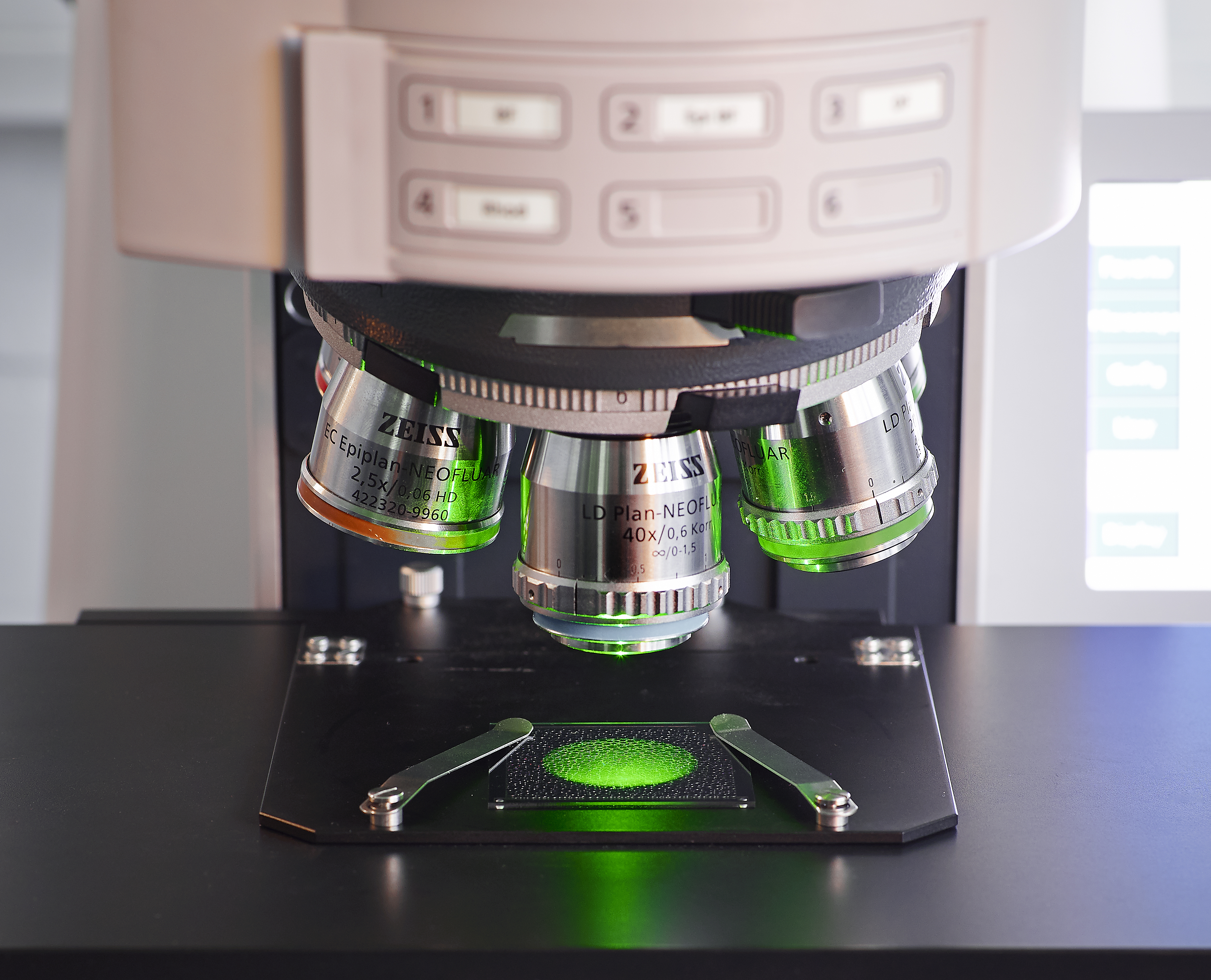Interfacial and Wetting Behaviour of Tri-Ethylene Glycol-Water-Natural Gas Systems at Elevated Pressures and Temperatures
(Text nur in Englisch verfügbar)
Introduction
The wetting and interfacial behavior of TEG-water systems in the presence of natural gas in a packed column at process conditions is vital to the performance of dehydration units applying as TEG to absorb water vapour from natural gas. Wettability is the ability of a fluid to adhere to a surface in the presence of other fluids. TEG-water tends to wet the surfaces of the packed column as it comes in contact with the gas. The wetting phase is usually the liquid (TEG-water) and non-wetting phase, the gas. The mass transfer area is dependent on how the fluids wet the packing. The contact angle of liquid and liquid systems (TEG-water) in the presence of natural gas determines the wetting characteristics. Also, understanding the interfacial tension between fluids in the contactor (TEG-water-natural gas) and the regenerator (TEG-water) at elevated pressures and temperatures is key to achieve the required dew point temperature of the processed gas. Interfacial tension is the force acting at the interface/boundary of fluids. When lean TEG enters the contactor from the top, it comes in contact with the natural gas (containing water vapour) entering the contactor from the bottom. The TEG absorbs water vapour from the natural gas, and becomes rich and the gas, lean. Water is removed from the rich TEG at the regenerator and the TEG becomes lean. The lean TEG is reused. The interfacial tension/wettability of fluids change as the described process occurs at elevated pressures and temperatures.
Scope
Based on the above introduction, the proposed thesis should include the following:
- Overview of Triethylene glycol dehydration process
- Theoretical knowledge of fluids interfacial and wetting behaviors
- Detailed experimental study of interfacial and wetting behavior of TEG-water-natural gas systems at process conditions
- Analyze the results of the experiment and highlight key information as it concerns TEG dehydration process
Literatur
- Aman Z. M., Zerpa L.E., Grasso G., Leith W.E., Sloan E,D., Sum A.K., Koh C.A. (2013). Interfacial tension and mineral adhesion properties of cyclopentane hydrate. SPE 168920/URTeC 1619752.
- Mccaffery F.G (1972). Measurement of interfacial tensions and contact angles at high temperature and pressure. Journal of Canadian Petroleum (JCPT 72-03-03). Pg. 26-32.



